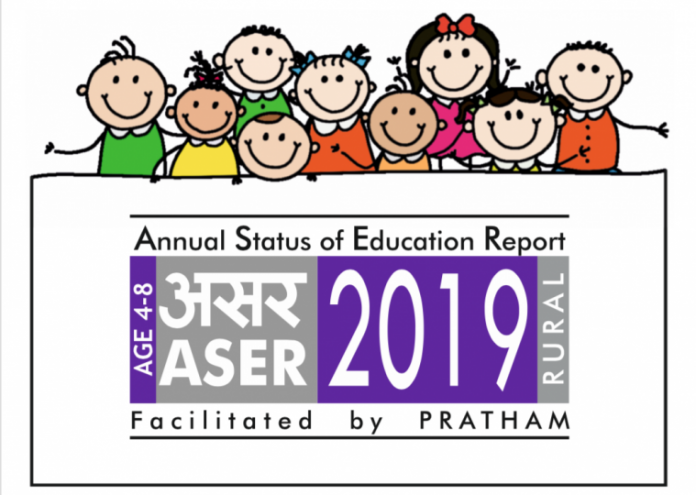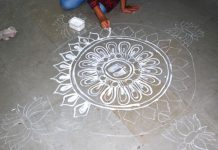Bhubaneswar: 21/01/2020:
ASER 2019 ‘Early Years’ was conducted in one district in Odisha. The survey reached a total of 60 villages, 1,159 households, and 1,252 children in the age group 4 to 8. In the survey, children’s in pre-school and school enrollment status was recorded. Children did a variety of cognitive, early language, and early numeracy tasks. Activities to assess children’s social and emotional development were also undertaken. All tasks were done one-on-one with children in their homes.
According to ASER report for Odisha the percentage of all children in Std III who can read at Std II level has been climbing slowly over the past few years. This figure has increased from 24.7% in 2012 to 28.9% in 2014 to 31.5 % in 2016, and finally to 35% in 2018. In Std III who are able to do at least subtraction has not changed much, from 23.9 % in 2016 to 28.3% in 2018.
According to the survey of 2019 the children in standard I, 36.8% can read a standard I level text or more and 45% can recognize numbers up to 99 more than 90 % students in standard I, II, and III can answer compression questions. In case of children in Std-II, 10.8% cannot read alphabets, 11.2% can read alphabets, 22.5 % can read words and 55% can read Std-I level text. Further, among the Std-II children, 6.8 % cannot even recognize numbers up to 9, 31.5 % can recognize numbers up to 9 and 61.7% can recognize number up to 99.among the Std-III children 80.4% can read Std-I level text and 82.6% can recognize number up to 99.
In case of numerical skills of student, the survey revealed that among children in std- I, 52.3% can do one digit oral words subtraction problem, 64.2% can do one digit relative comparison task. Of the std-III students 89.55 can do one digit addition and 67.3% and 51.3% can do two digit additions and subtraction respectively. The survey highlights that there is slight improvement in reading and arithmetic abilities of students studying in primary classes of the state.
These survey results should be best used by the government to acquire an overall picture of what students in specific classes know and can do and to use these outcomes to identify gaps and find out areas where there is scope for improvement. As without the ability to understand simple texts or solving basic arithmetic in primary classes which is fundamental to learning, children can face difficulty when they move on to higher grades. Since era many funds have been utilized and plan and programmes has been designed by centre and state for the improvement in educational scenario but still many students lag behind significantly in learning which a worrisome situation. This learning deficit has a huge impact on the economy, as in India many experts has also opined. The learning deficit has a direct bearing on the efficiency of country workforce or to get better livelihood.
-OA Bureau




















